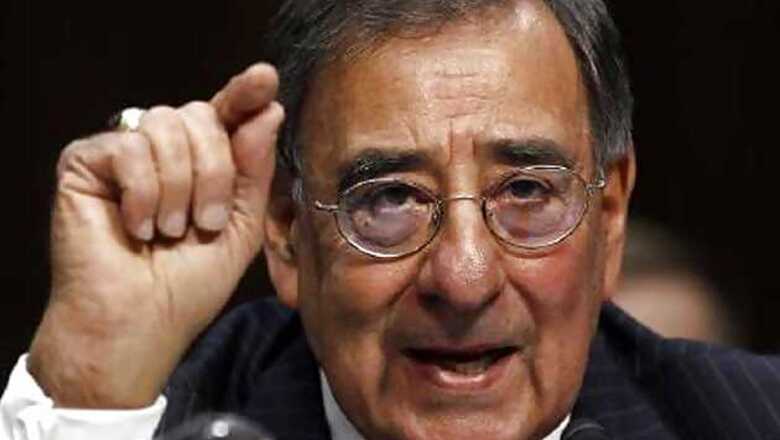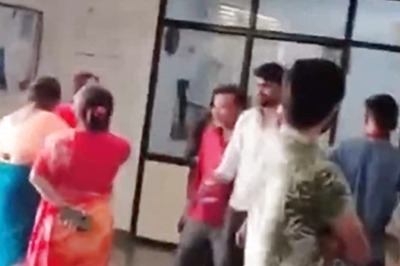
views
Washington: US Defense Secretary Leon Panetta tried to defuse concerns in Congress on Wednesday about potential cuts to America's nuclear arsenal, as details emerged about options under consideration that include an 80 per cent reduction in the number of warheads.
Panetta, without confirming any figures, said no decisions had been made. He added that although a range of options were under review, the "status quo" - a ceiling of 1,550 long-range, deployed warheads agreed upon under the current US treaty with Russia - was one of the options being weighed.
"This has been something that has been part of a process for discussion within the national security team and remains there at this point," Panetta told a hearing of the House Armed Services Committee.
A US official, speaking to Reuters on condition of anonymity, confirmed leaked details about the options under consideration first reported by the Associated Press. These include cutting the total numbers of strategic, deployed nuclear weapons to around 1,000-1,100, 700-800 or 300-400.
Mac Thornberry, a Republican lawmaker, said the biggest cuts would backfire, leading to nuclear proliferation.
"It seems to me if we end up with 500 nuclear weapons and 'Country A' has a couple hundred ... all the incentive in the world is for them to catch us, because it's not that far and not that hard for them to do," he said.
President Barack Obama - a proponent of eventually ridding the world of nuclear weapons - secured a landmark arms control treaty with Russia in 2010, agreeing to slash each country's nuclear arsenals by a third from the previous ceiling of 2,200.
But with the United States and Russia in presidential election years, neither side is in a position to move ahead with a new round of nuclear arms talks right away.
For now, the sides are carrying out what Ted Warner, a senior adviser to the undersecretary of defense for arms control, last week called "homework" as they attempt to set the stage for a renewal of arms control discussions once the elections are over.
General Martin Dempsey, chairman of the US military's Joint Chiefs of Staff, told the same congressional hearing on Wednesday the discussions on the nuclear arsenal were an attempt to develop "our next negotiating strategy, notably with Russia."
Although the current treaty slashed the number of deployed, strategic warheads, it did not address tactical, or short-range, deployed weapons, or even stockpiles of strategic warheads held at storage facilities apart from their delivery vehicles.
The United States said in 2010 that its total nuclear stockpile, including deployed and non-deployed, tactical and strategic nuclear weapons was 5,113.
US officials have made no secret of their ambition to broaden the discussions next time with Russia to include the full range of atomic weapons.
The Pentagon declined comment on the details of internal discussions, but a spokesman acknowledged that Obama had asked the defense department to develop several "alternative approaches to deterrence and stability."
A White House official said the Pentagon was still formulating its nuclear options study and had not yet presented it to the president.
Rose Gottemoeller, acting undersecretary of state for arms control and international security, said it would contribute to "presidential guidance that will be used to develop force structure, force posture and stockpile requirements."
"This study has not yet been reported to the president, so I don't have anything further to say on it," she said.




















Comments
0 comment